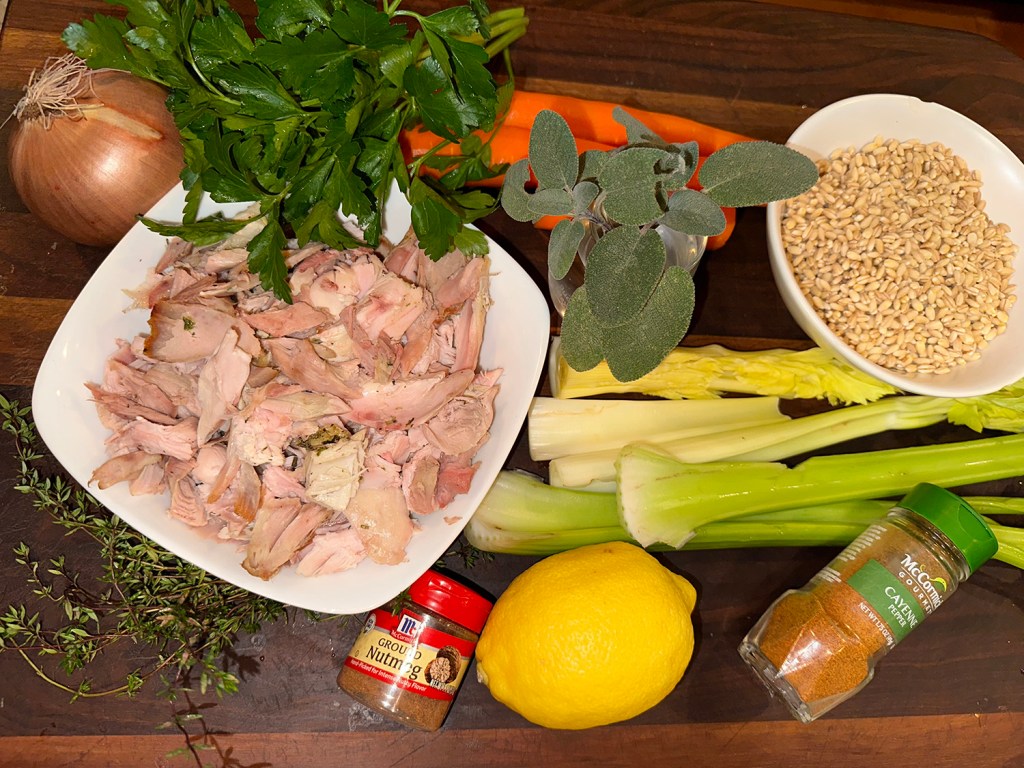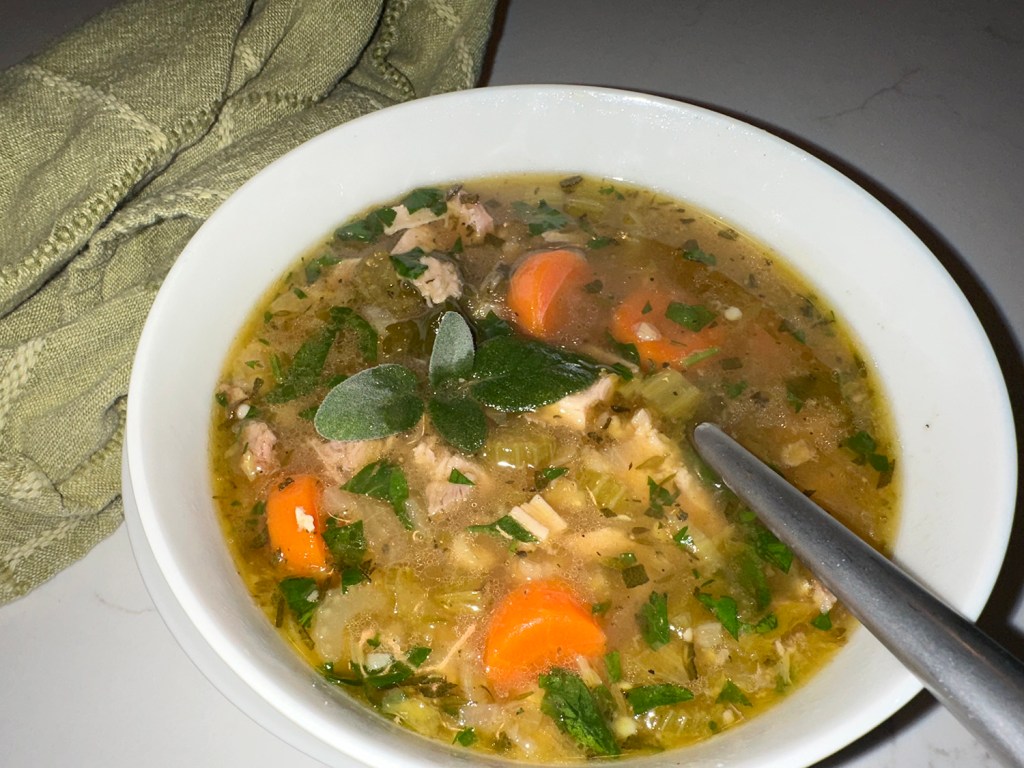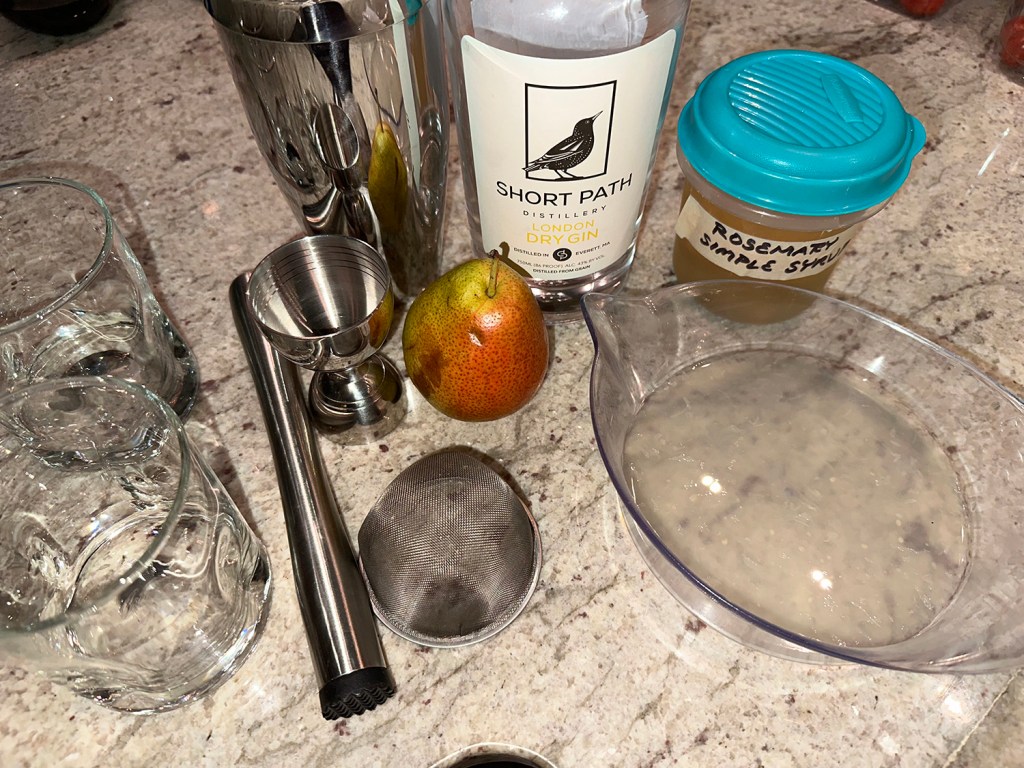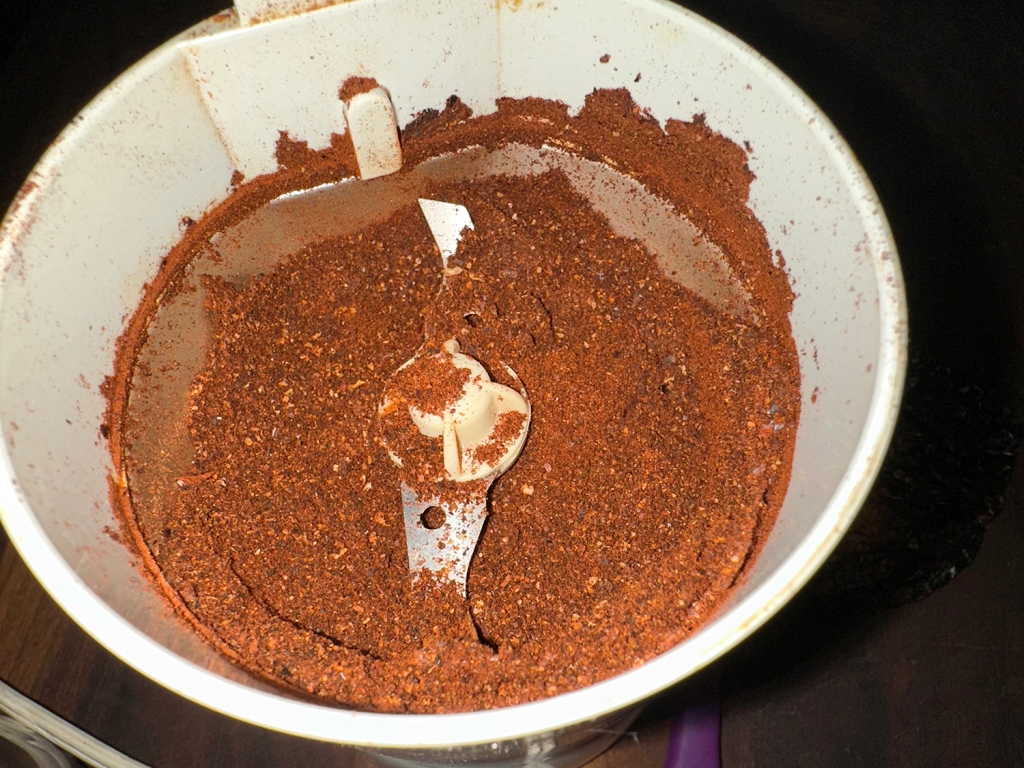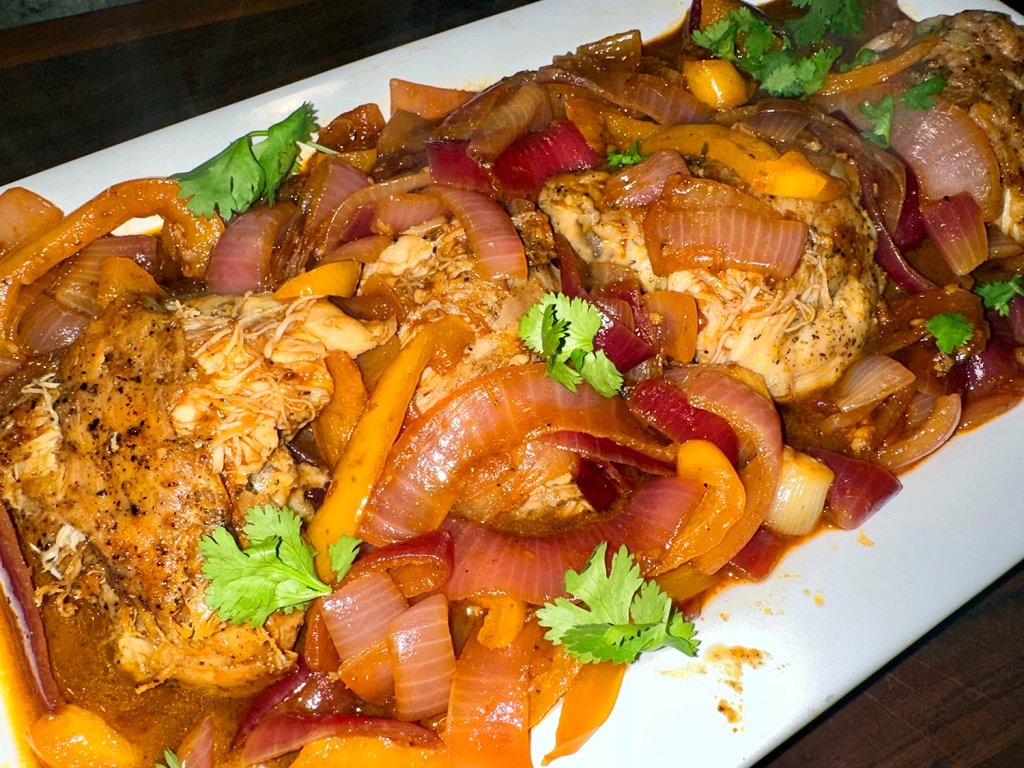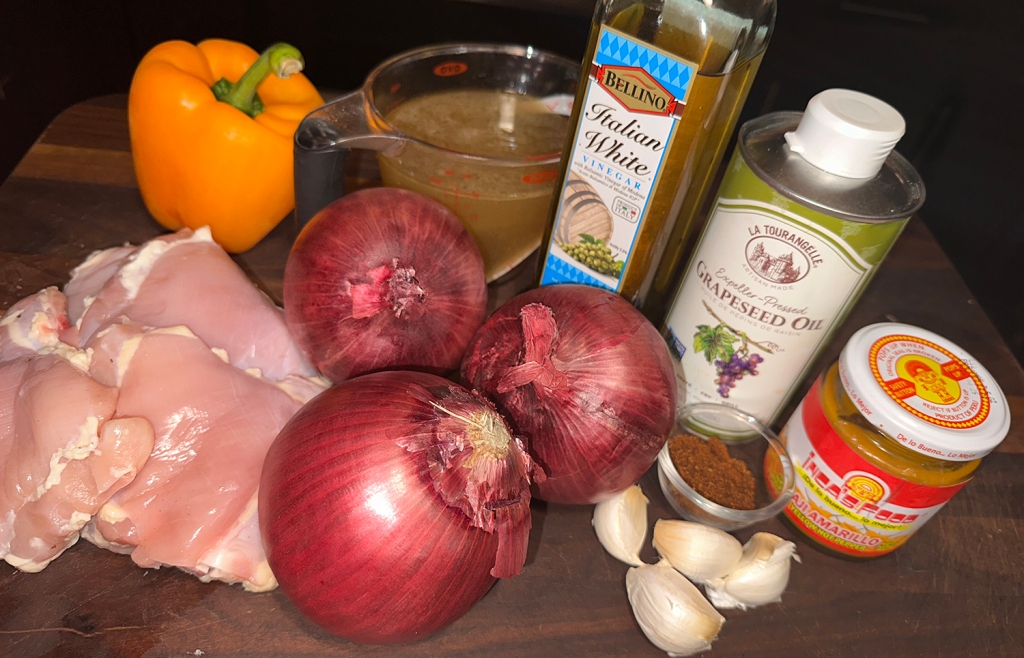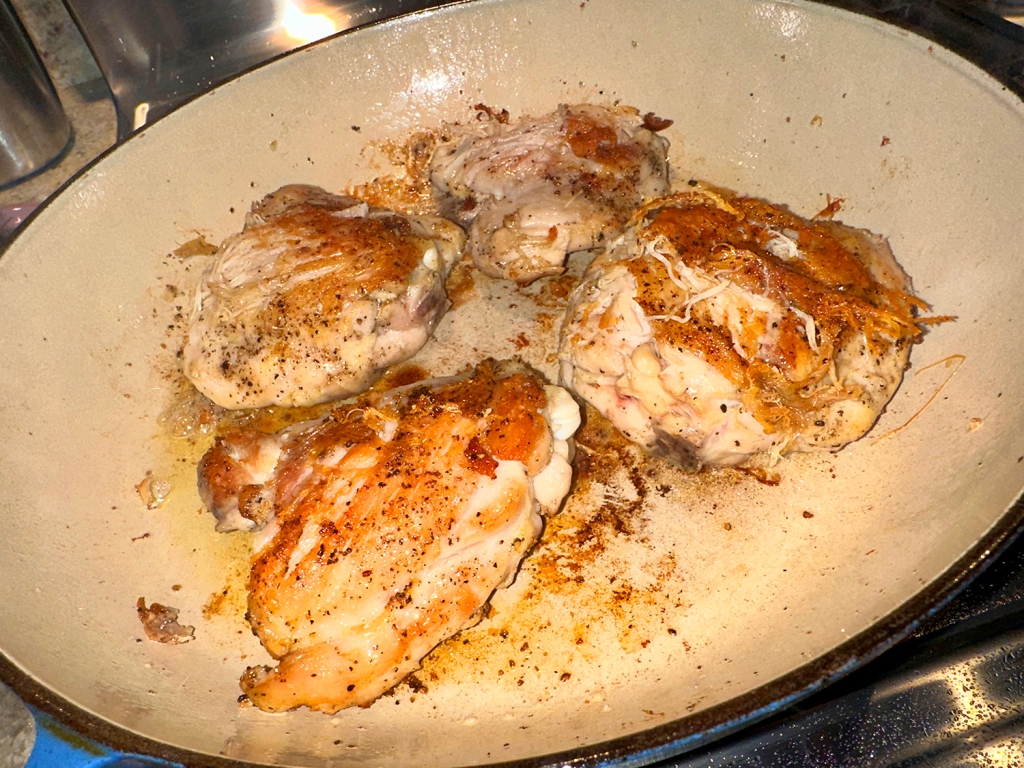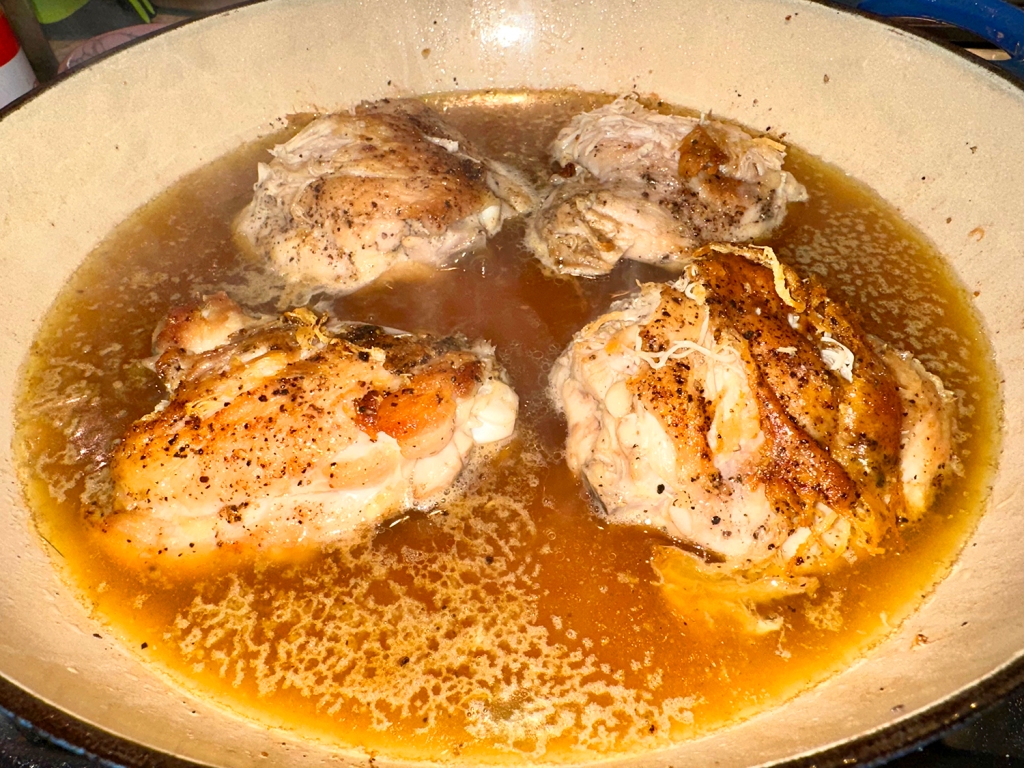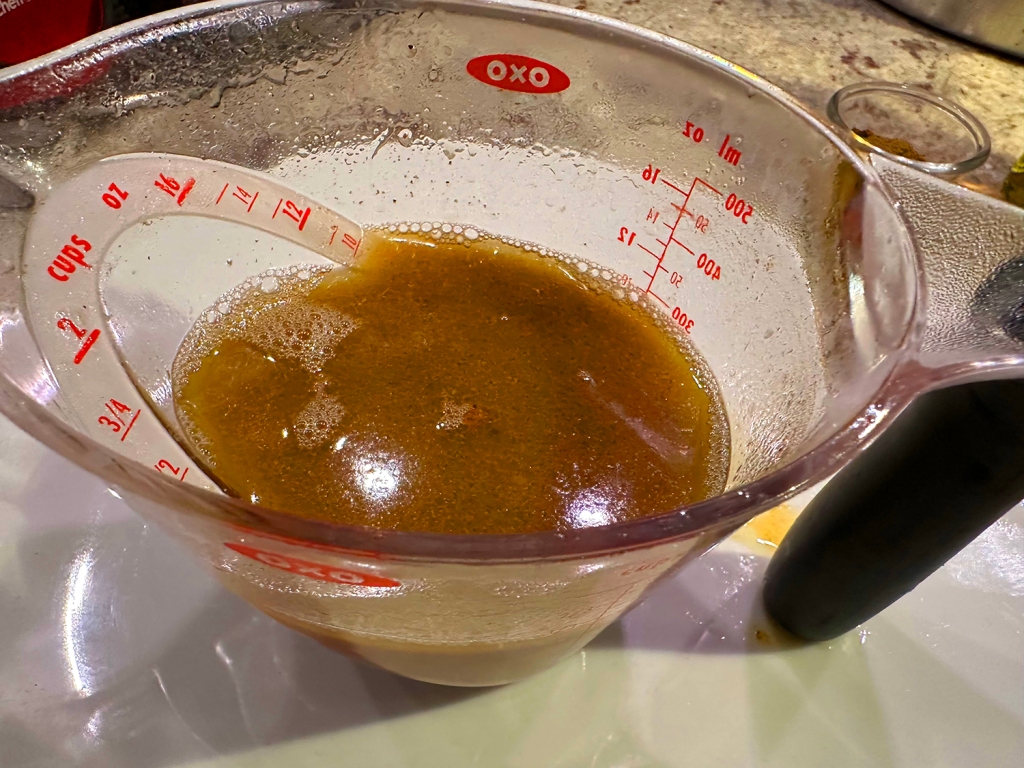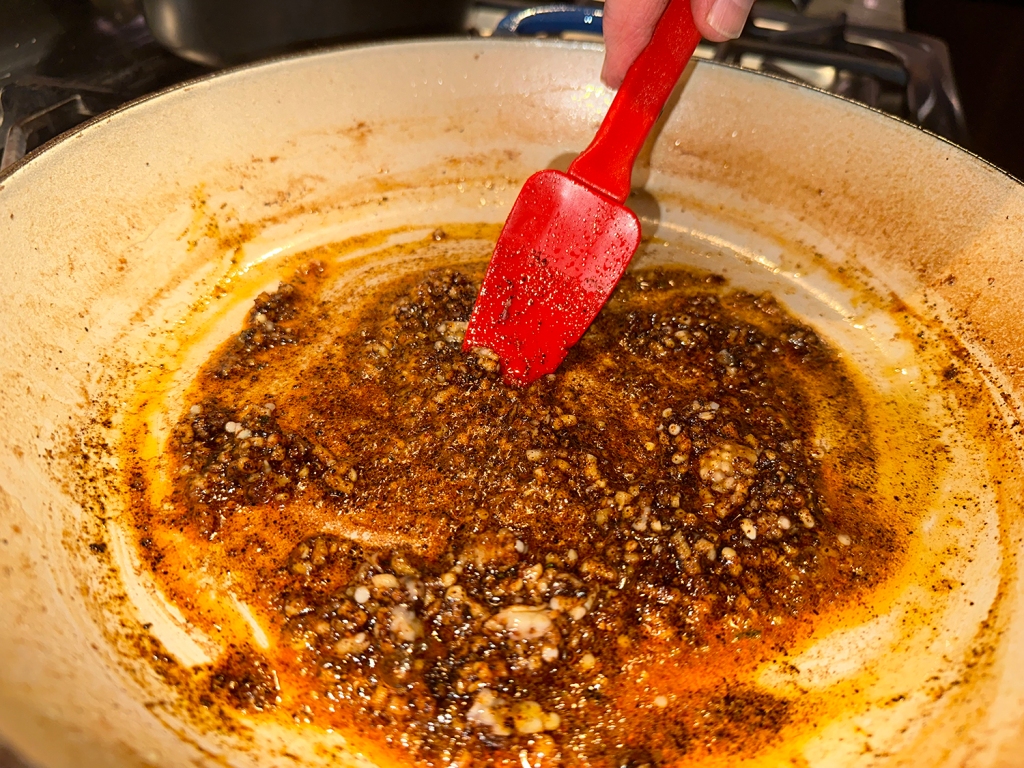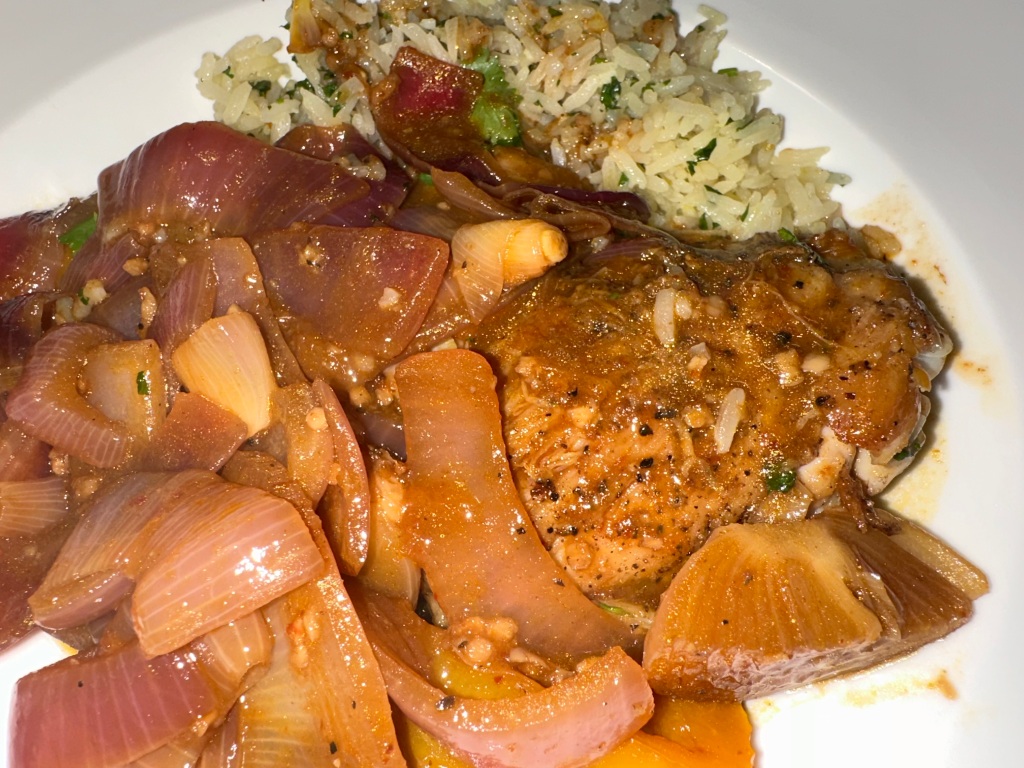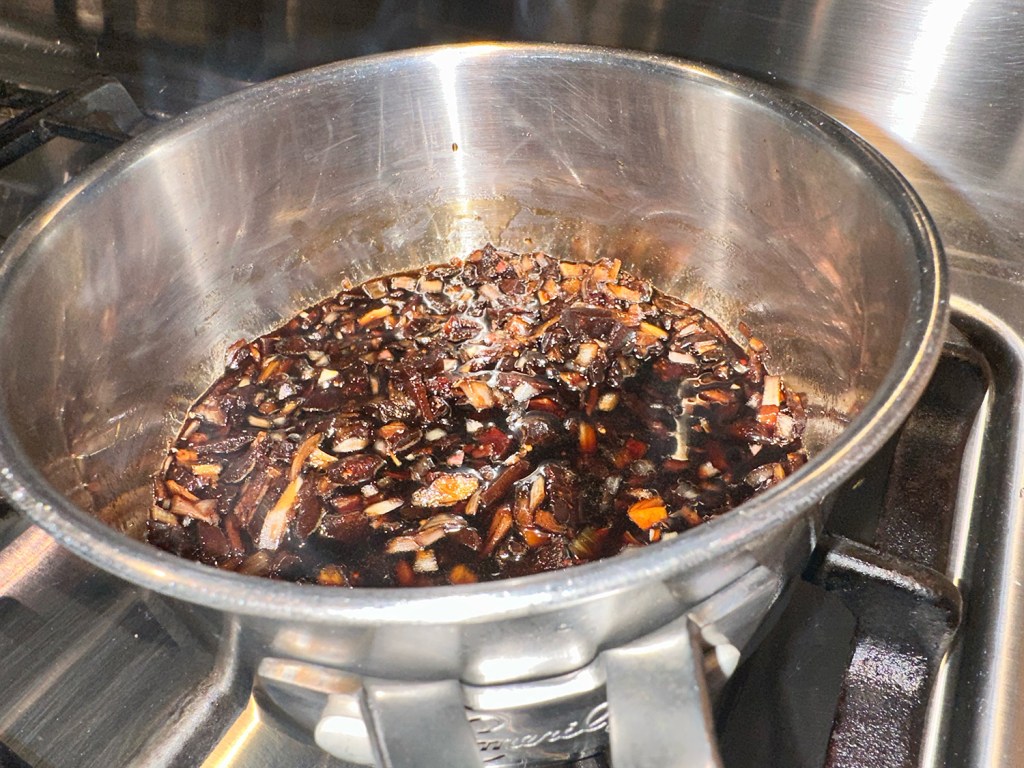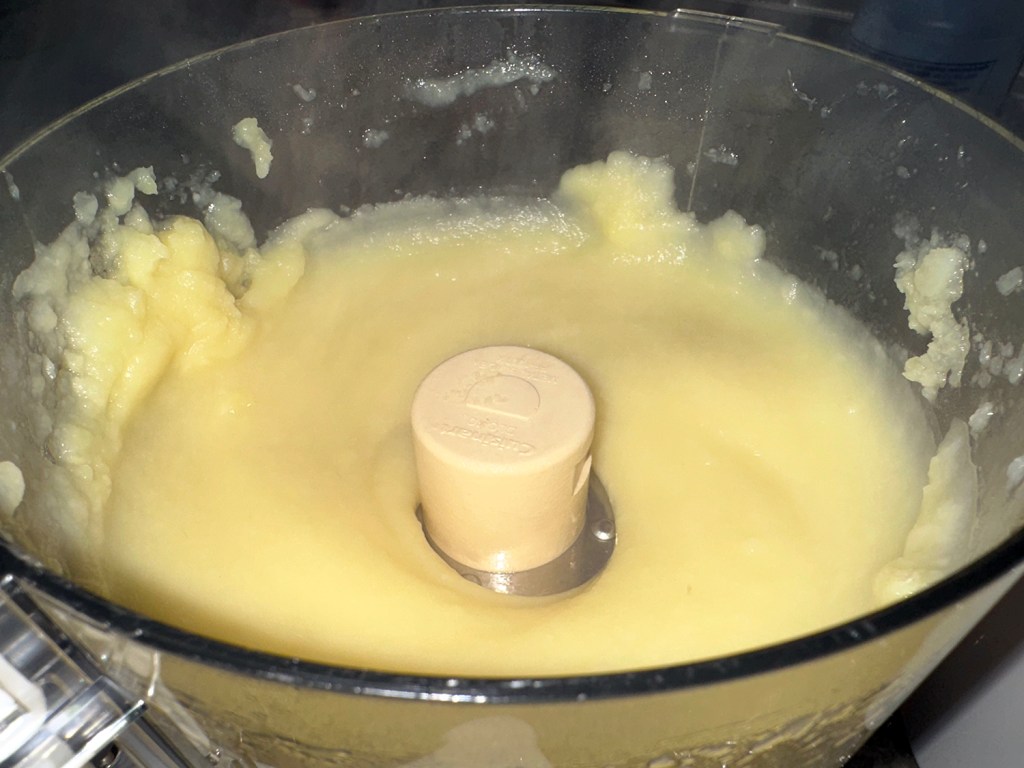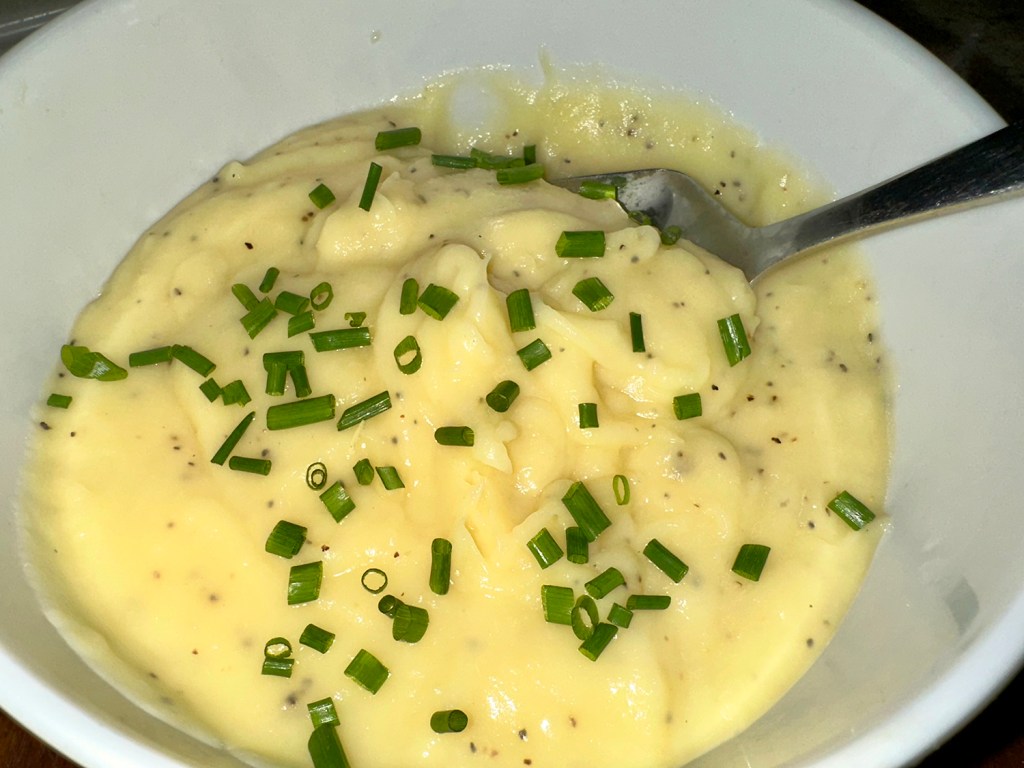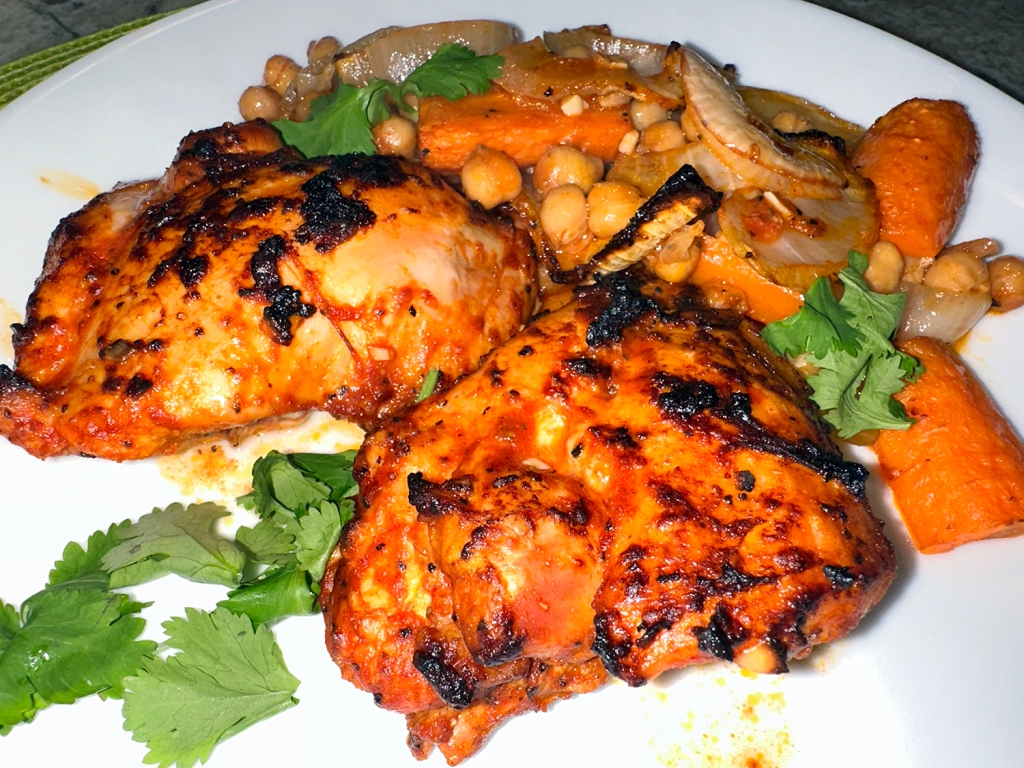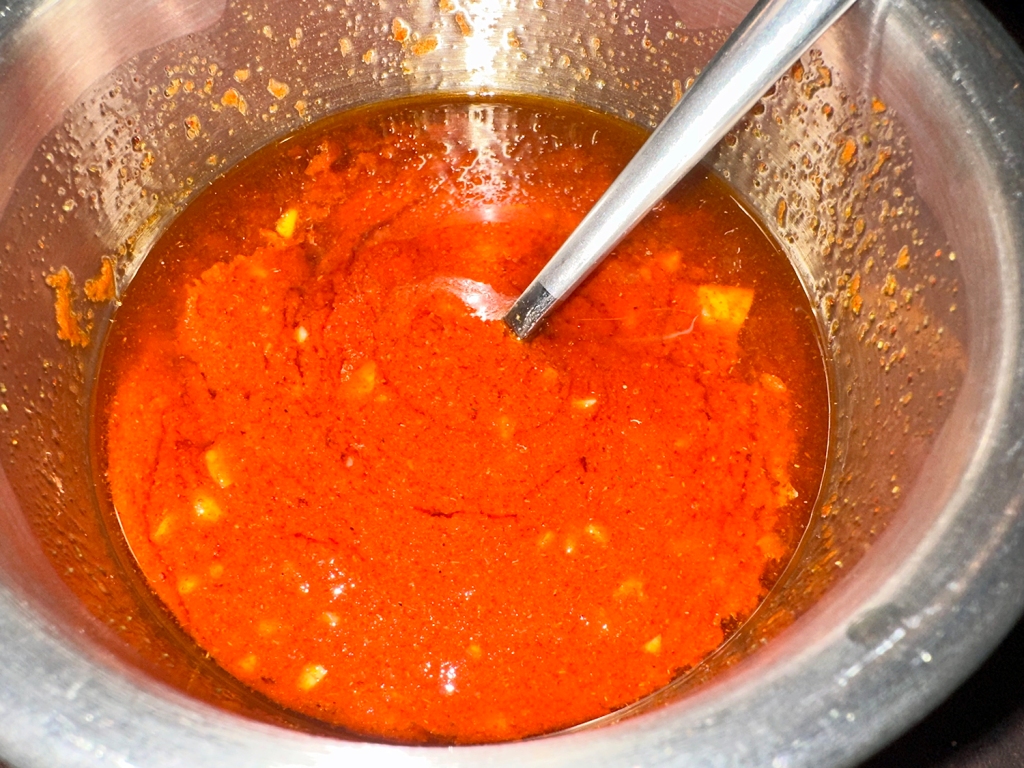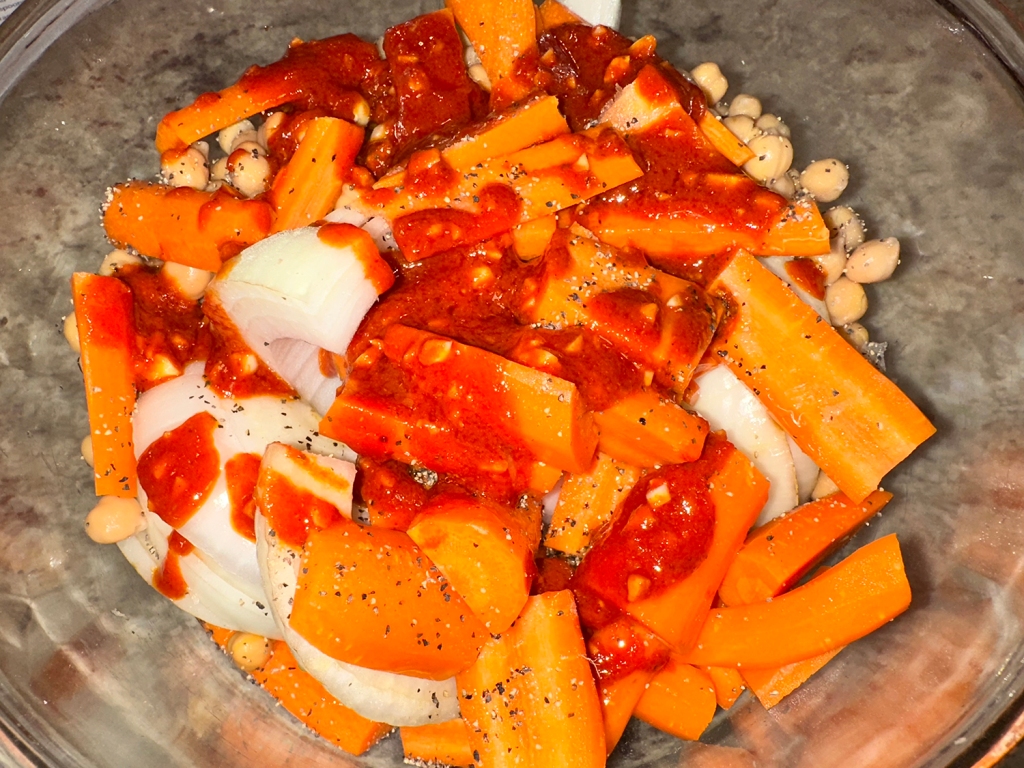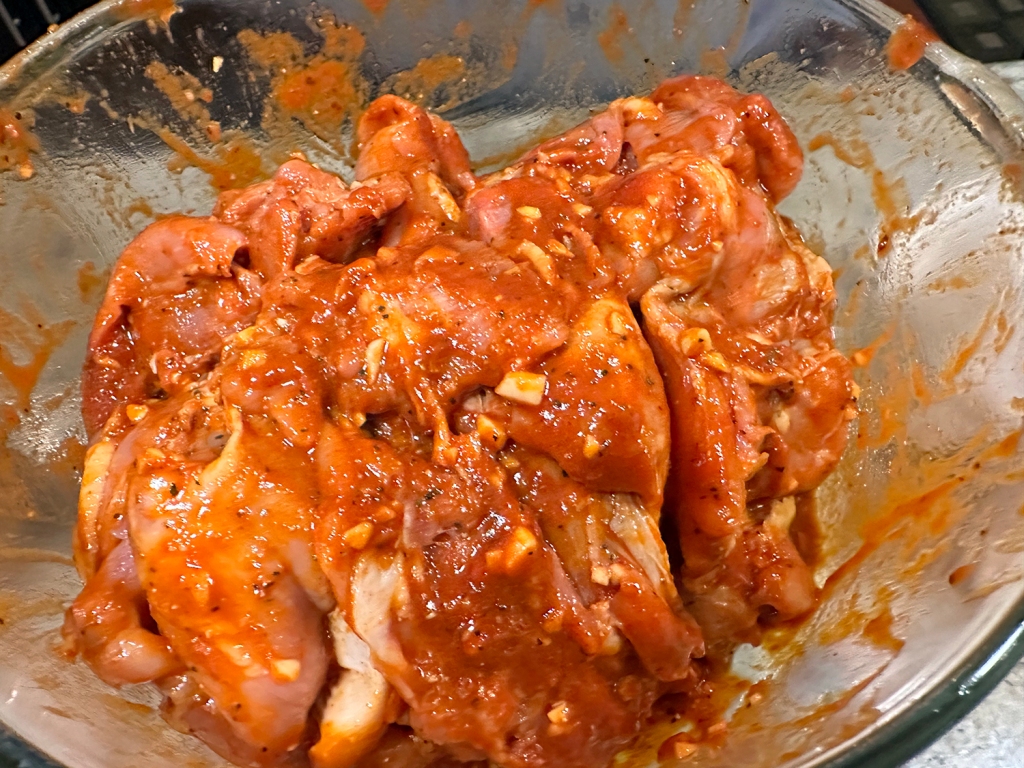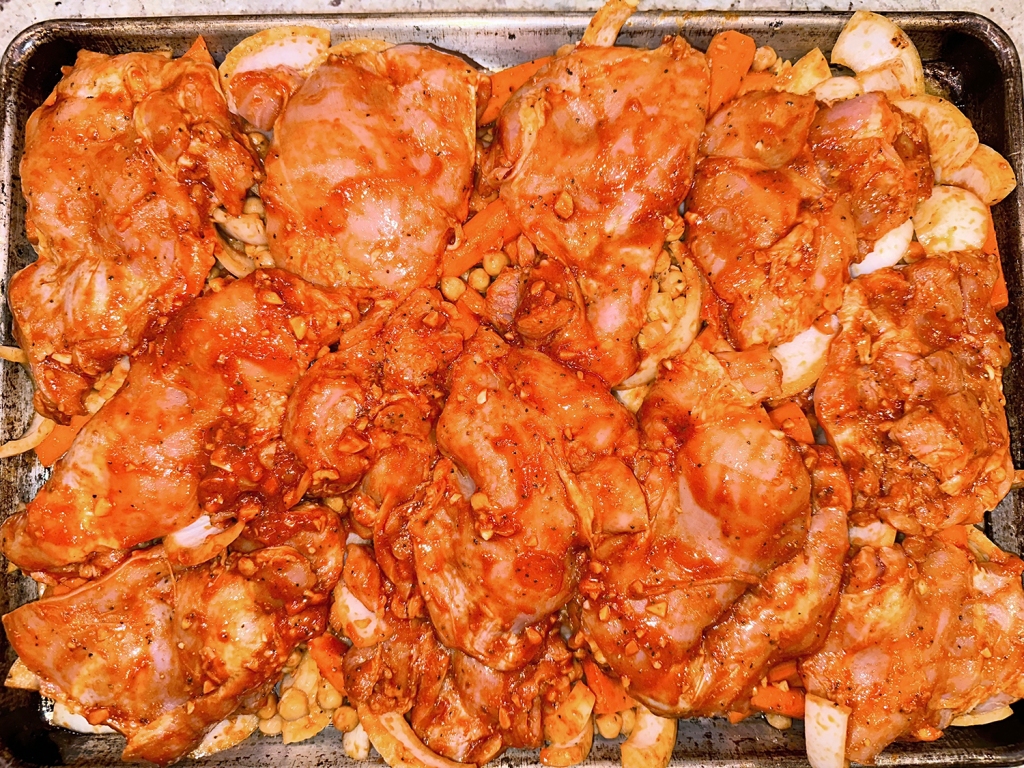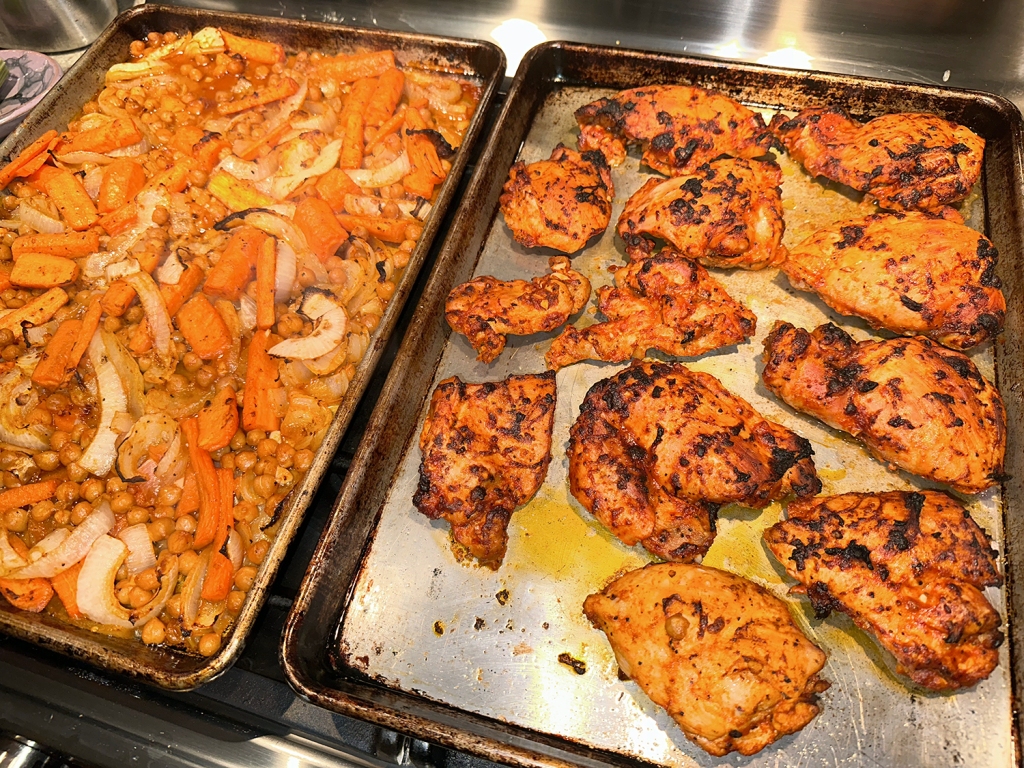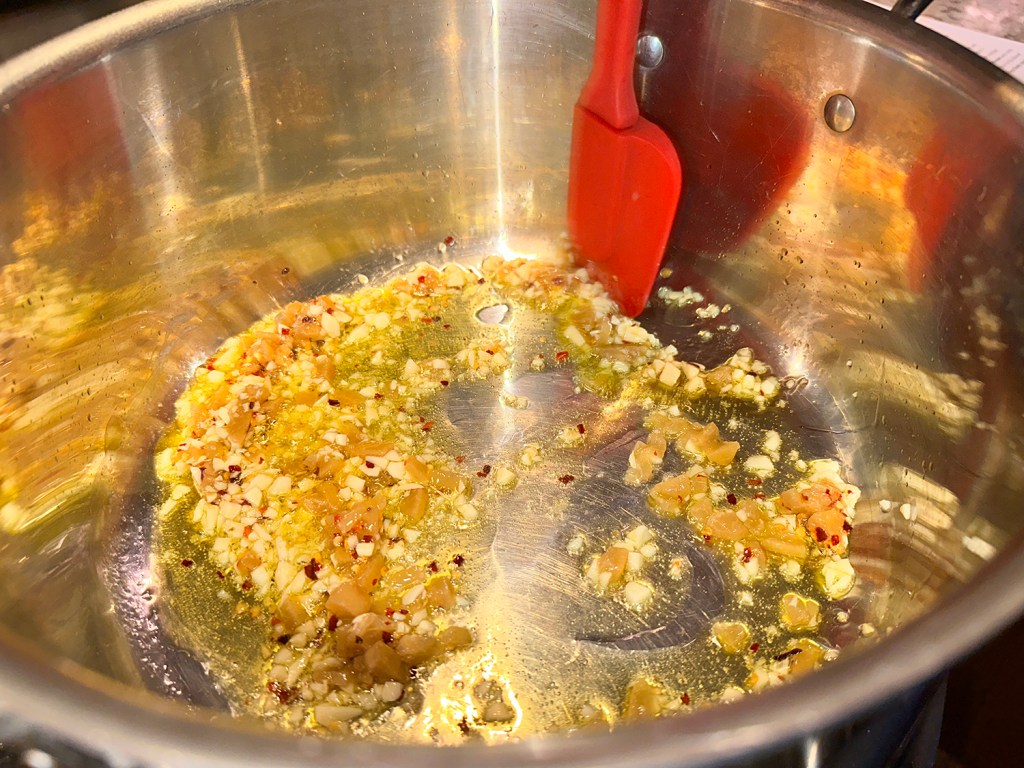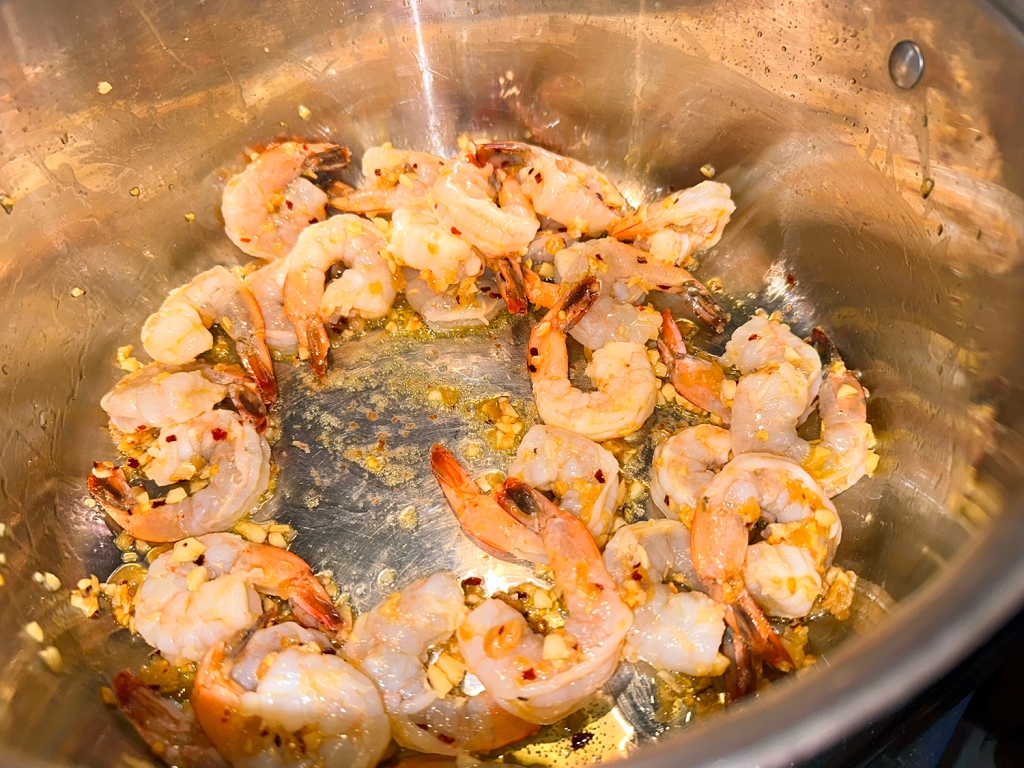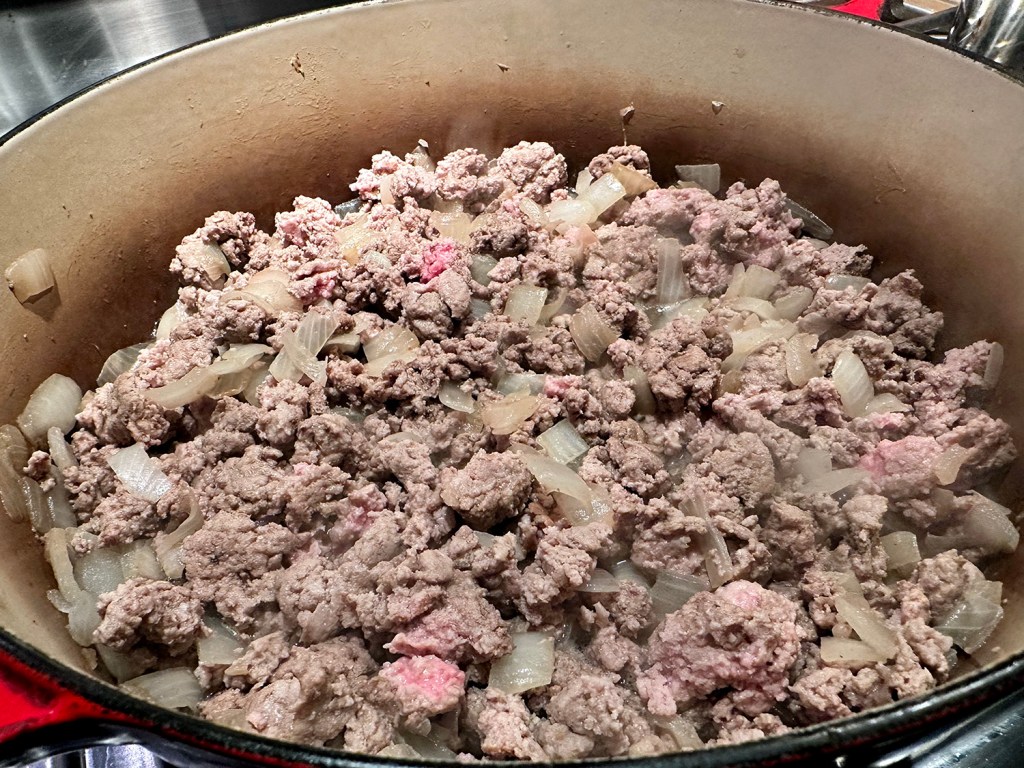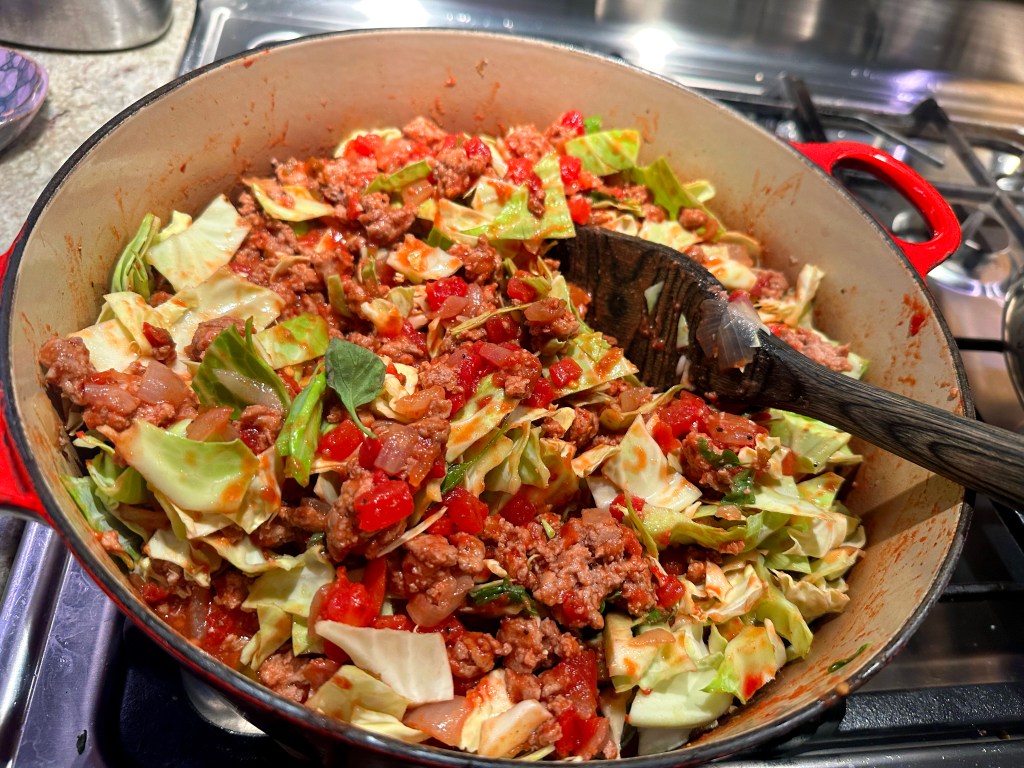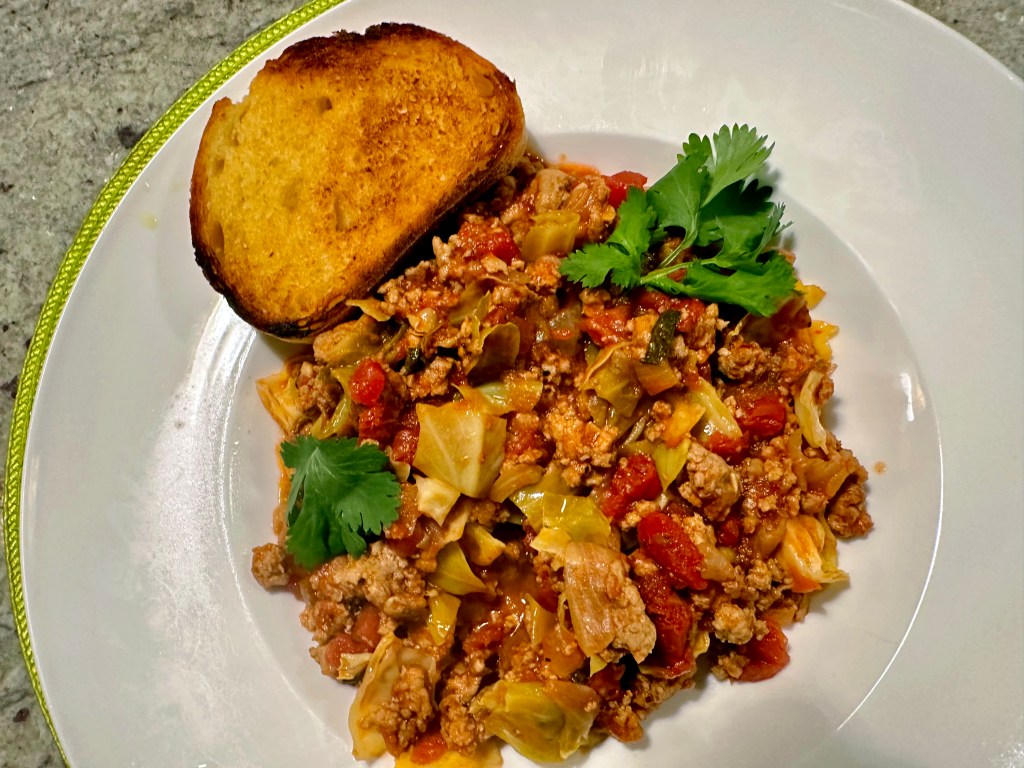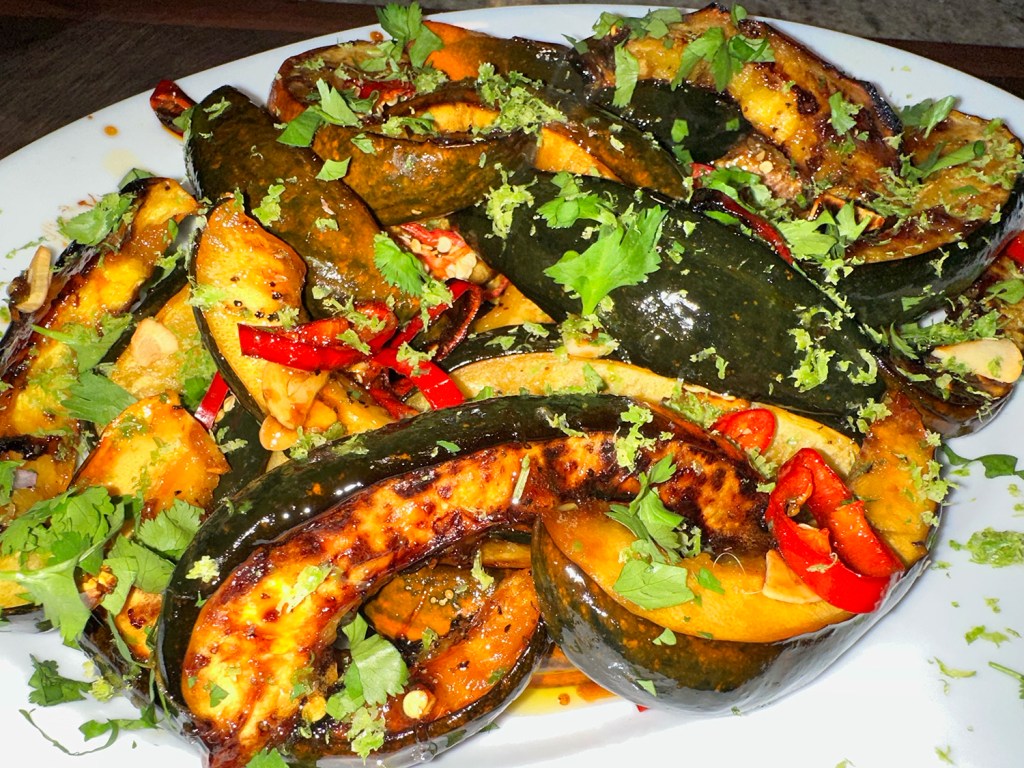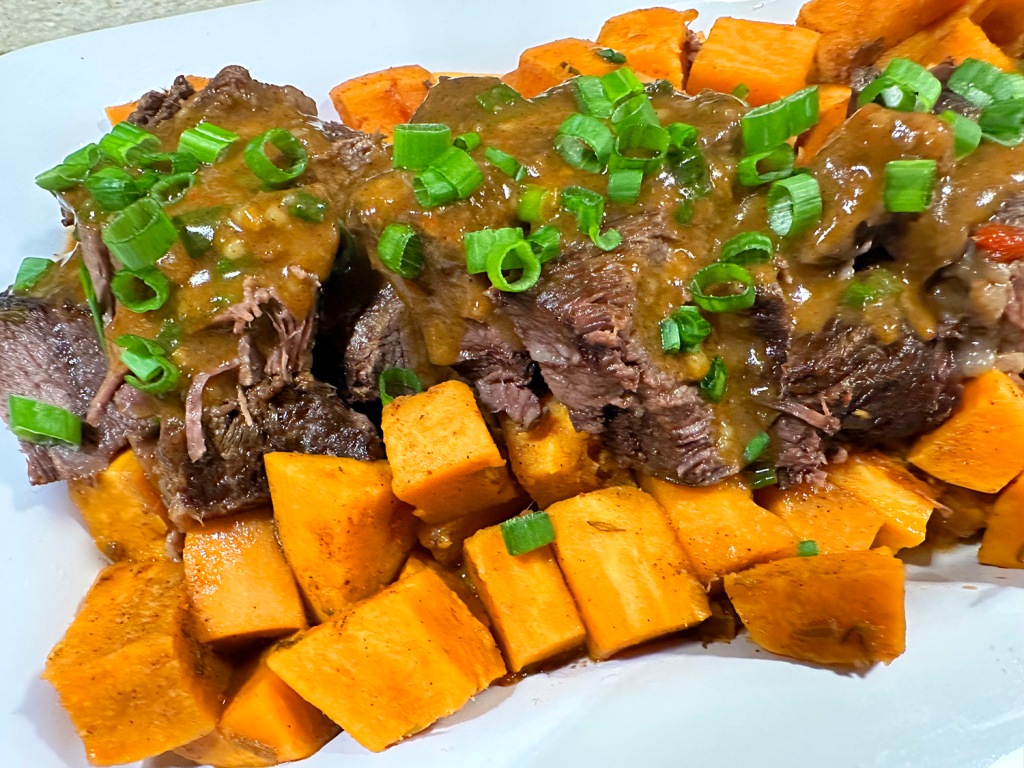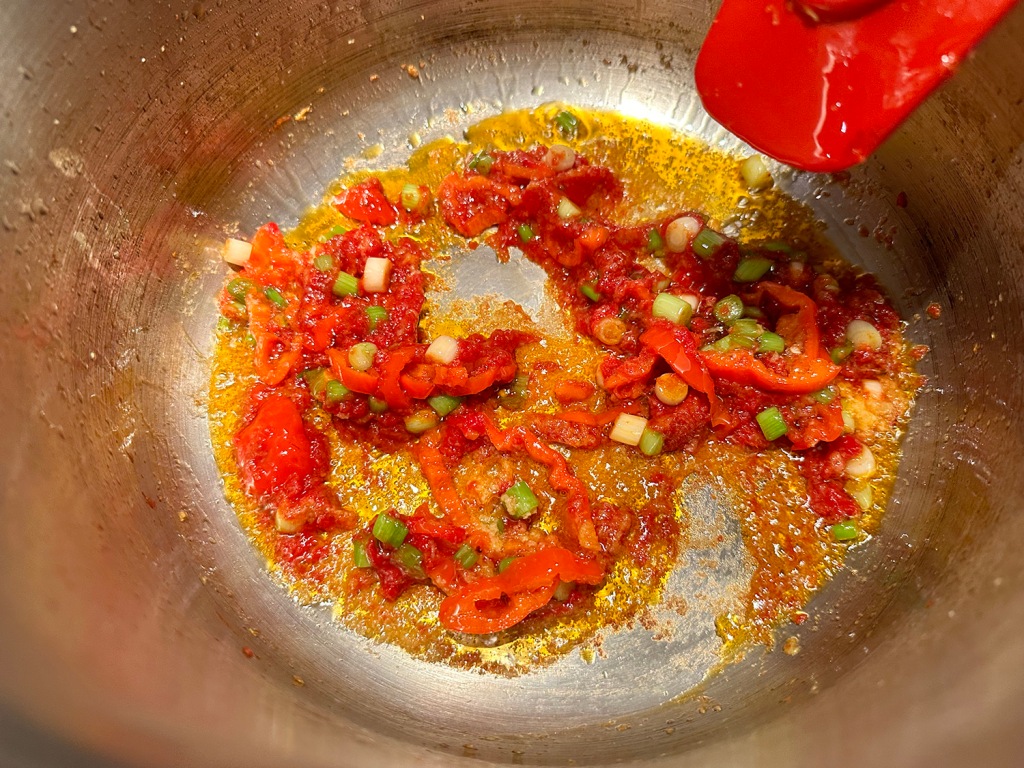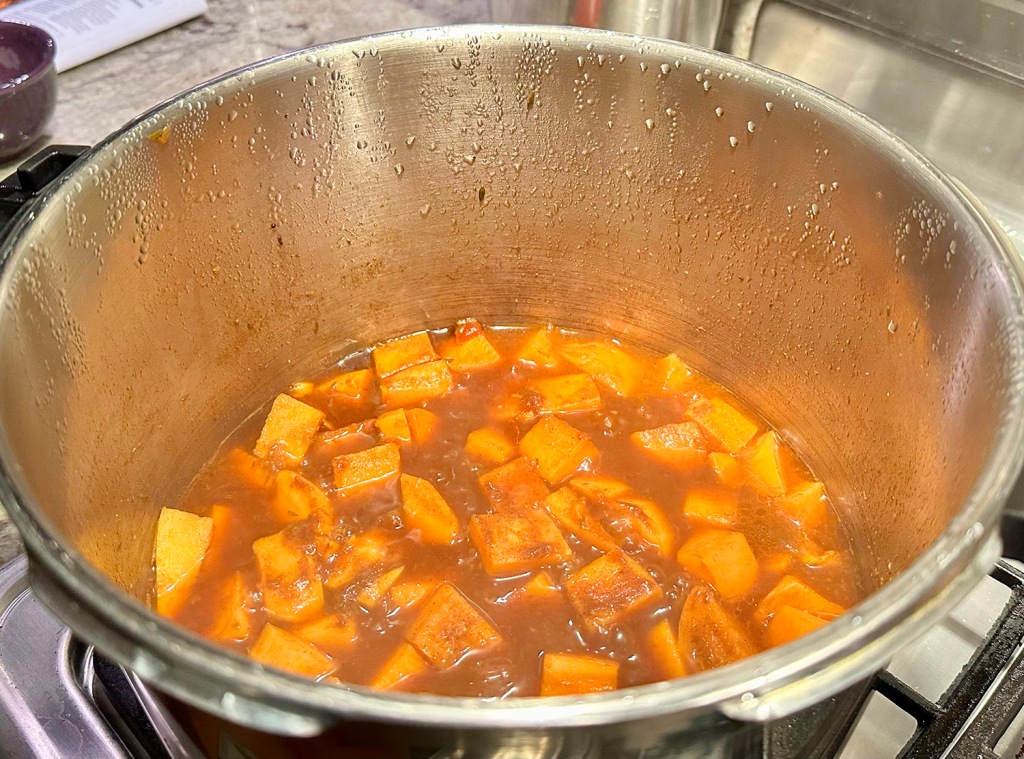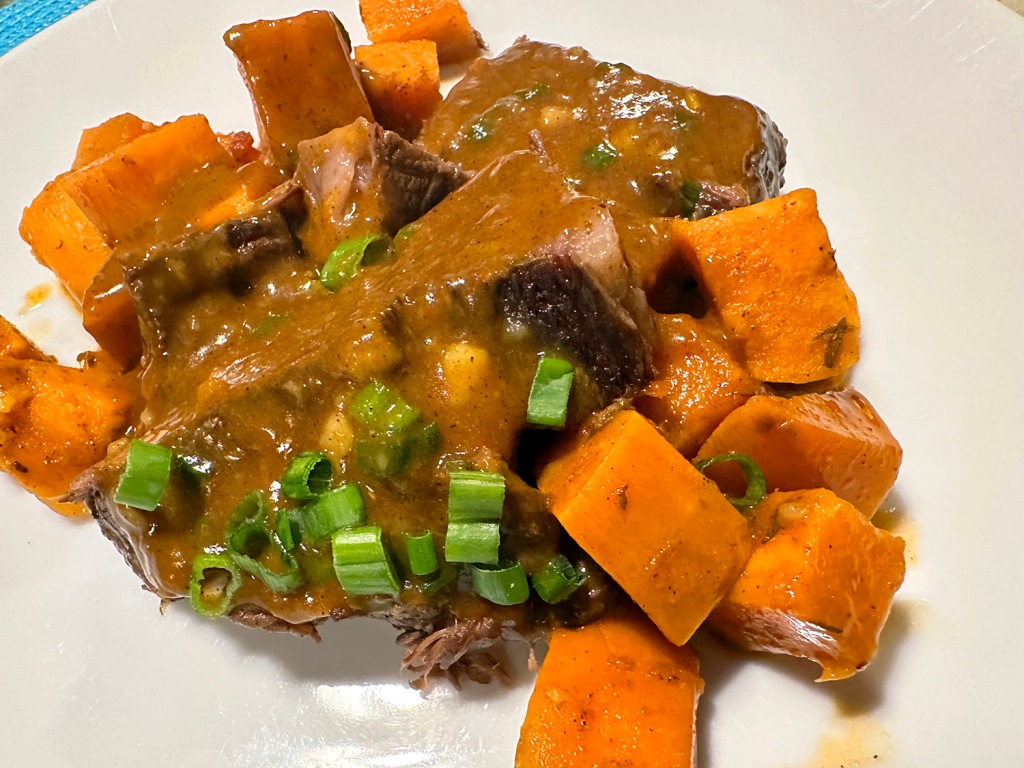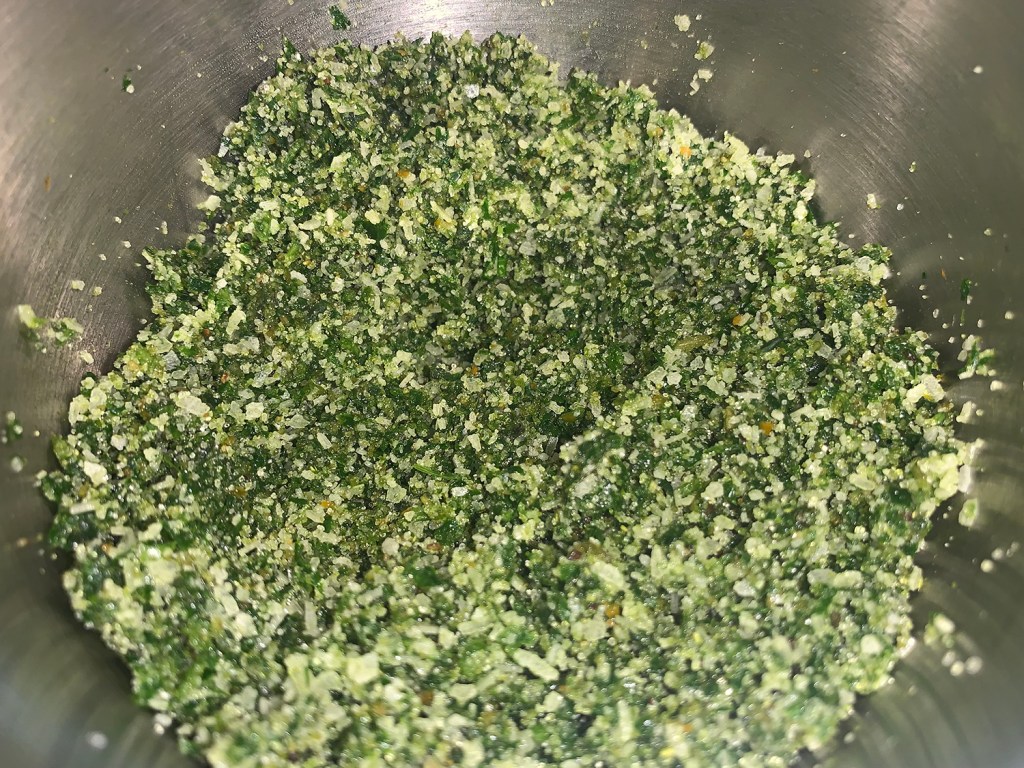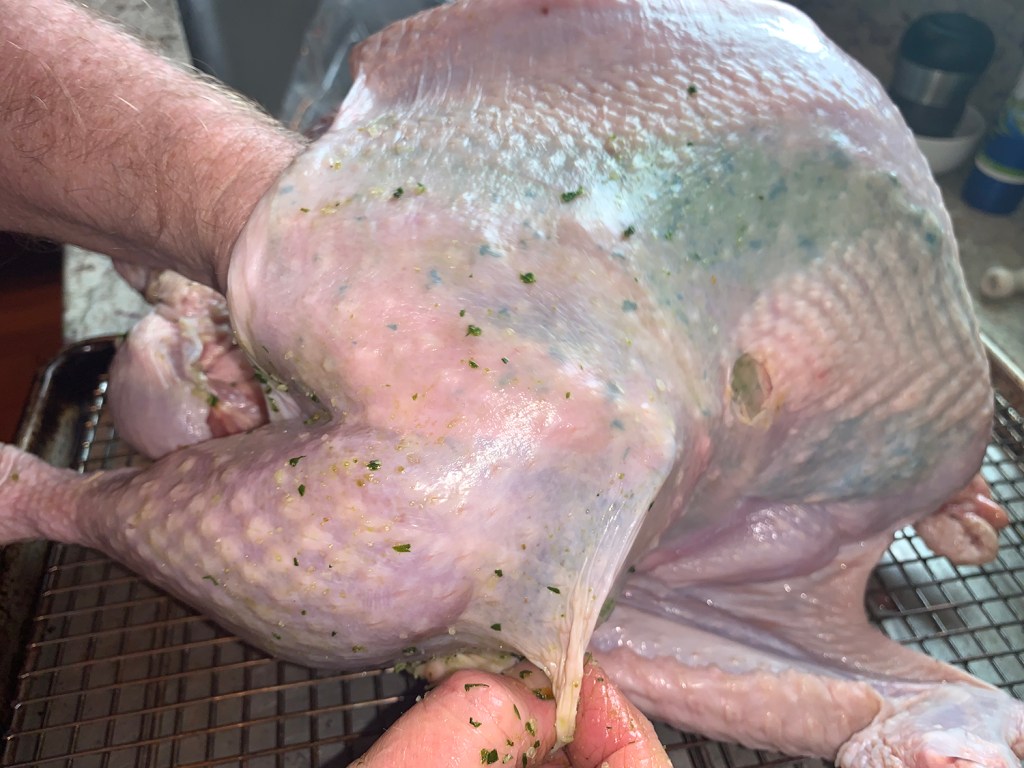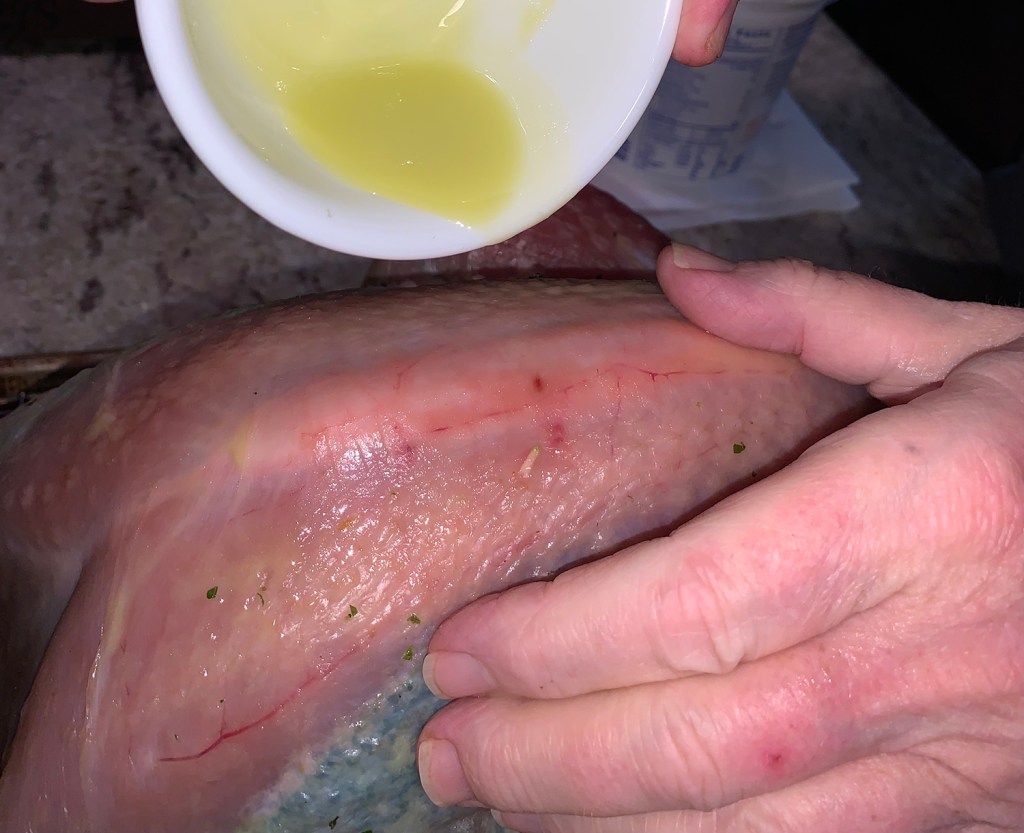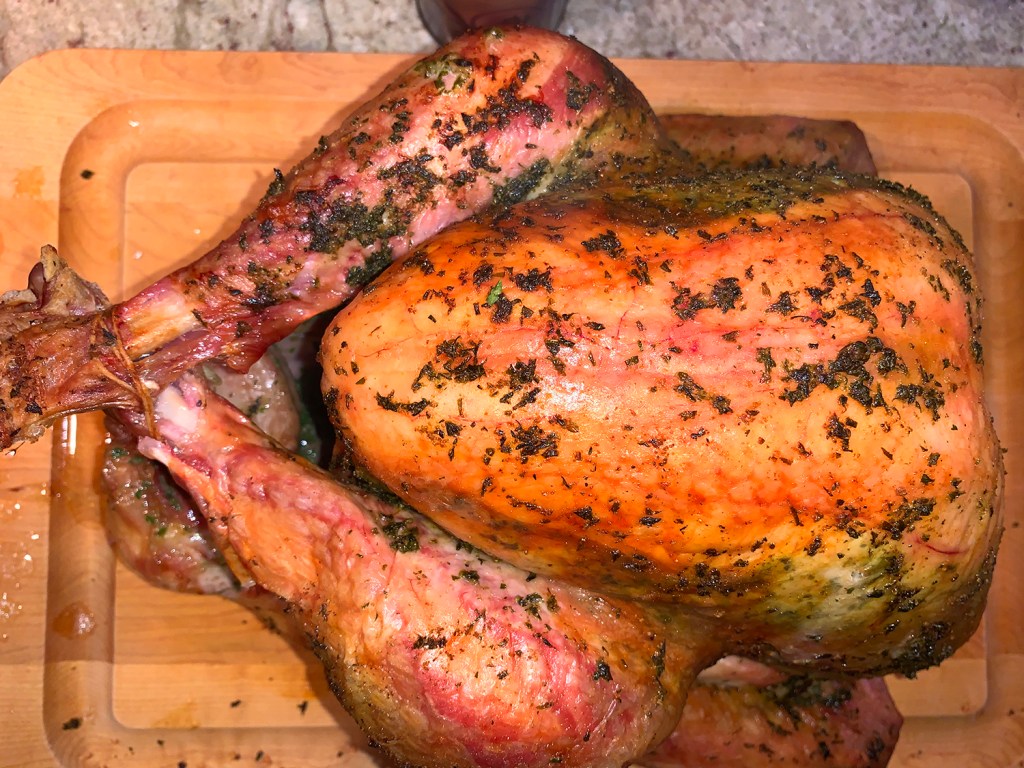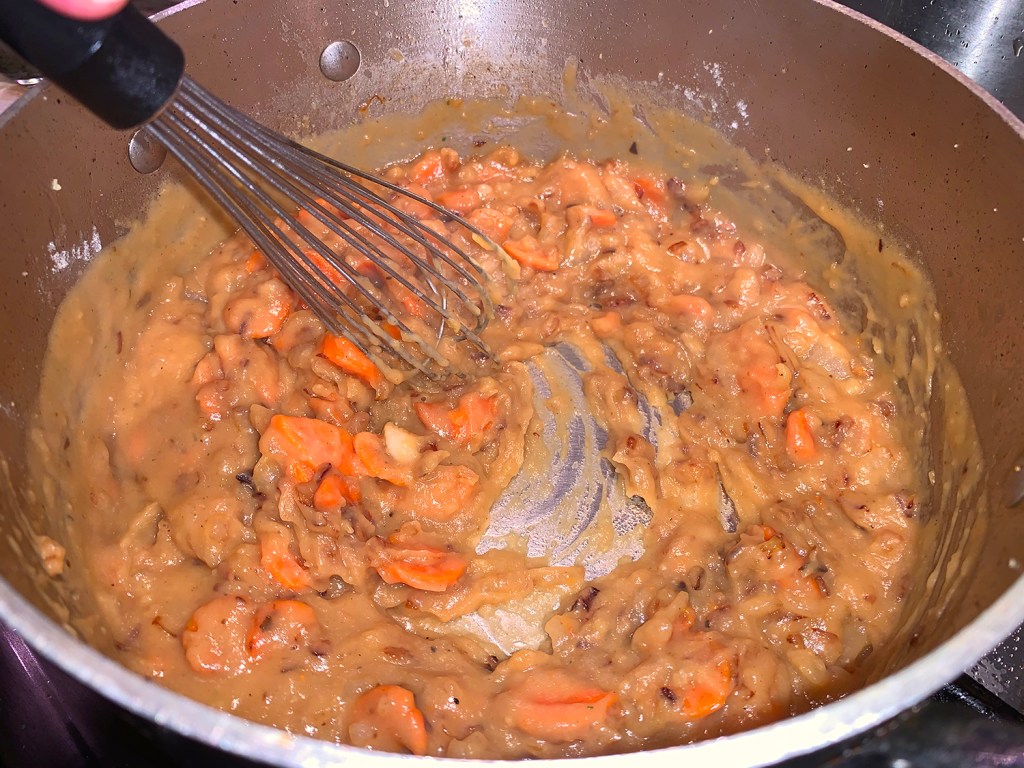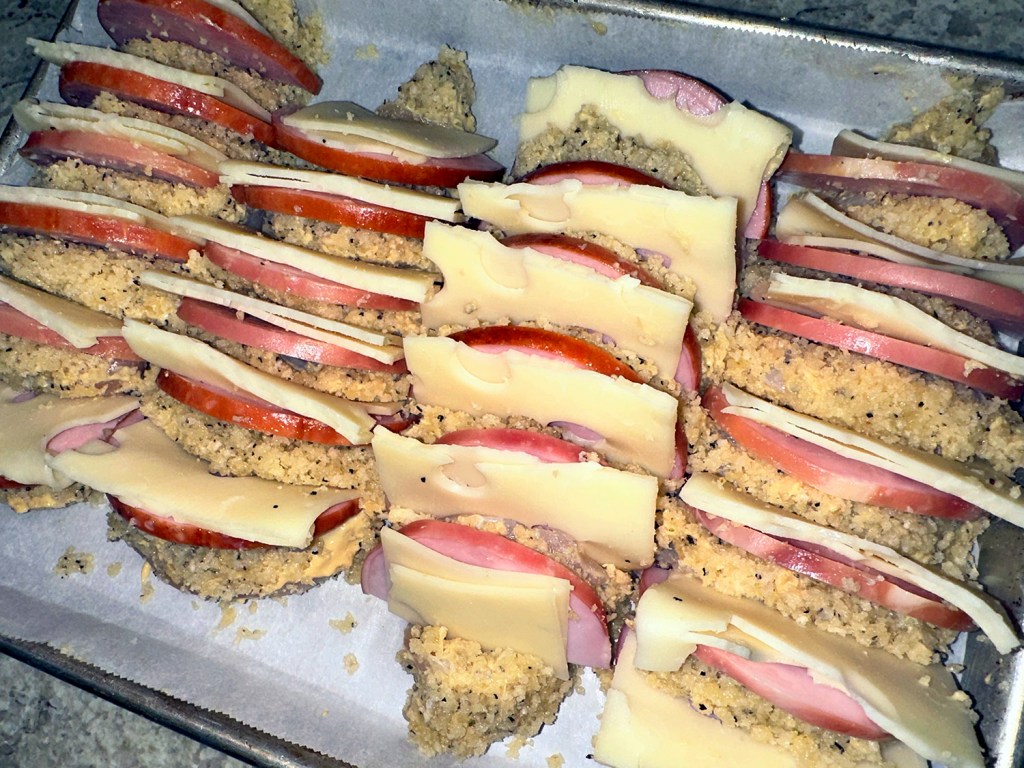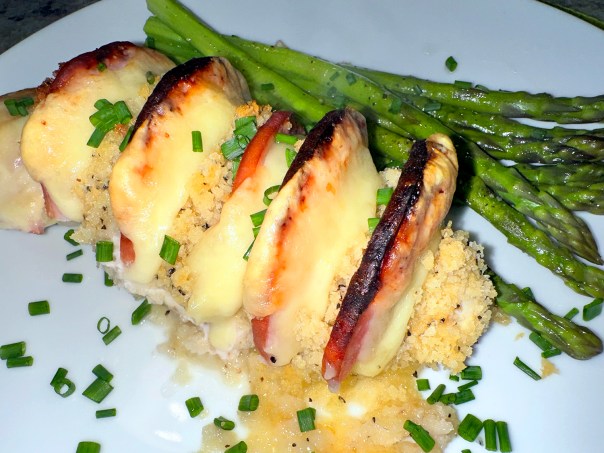Here’s a lovely long braised dish perfect for a cool weather weekend afternoon into evening. Baby back ribs are braised till they fall off the bone, then garnished with an herby crumb topping. Plus a bonus recipe for Braised Leeks with Bacon and Cream.
Admittedly, we always think of baby back ribs as an outdoor barbecue kind of dinner. It has never dawned on us to showcase the ribs as a cool weather meal. Now that we have enjoyed the fruits of our labor, these ribs are sure to make a showing again in the near future.

The bread crumb topping is optional, but adds a tremendous depth of flavor and a nice crunch factor. Cracking the new potatoes in half with the tip of a knife helps them to release their starch and therefore thicken the sauce a bit.
As an accompaniment, we prepared a side of Braised Leeks with Bacon and Cream (shown below), originally from Molly Stevens “All About Braising” cookbook. A while back, we enjoyed the same recipe using thyme, but minus the cream. Either option braises the leeks slowly in chicken broth until they collapse into blessed tenderness.


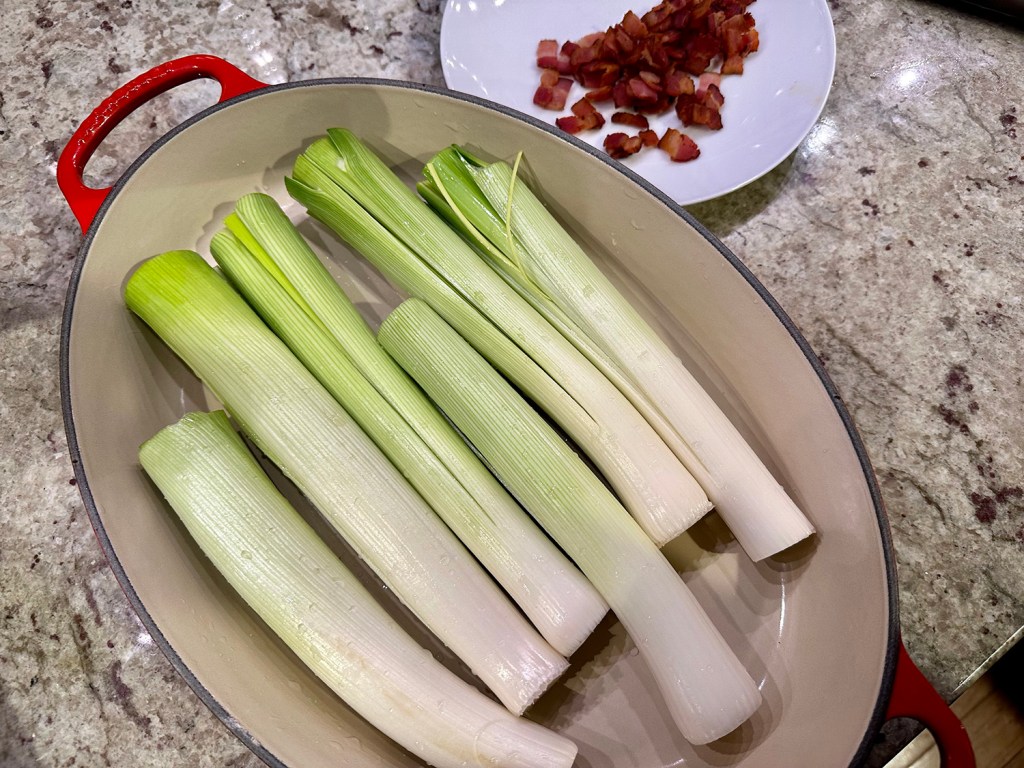


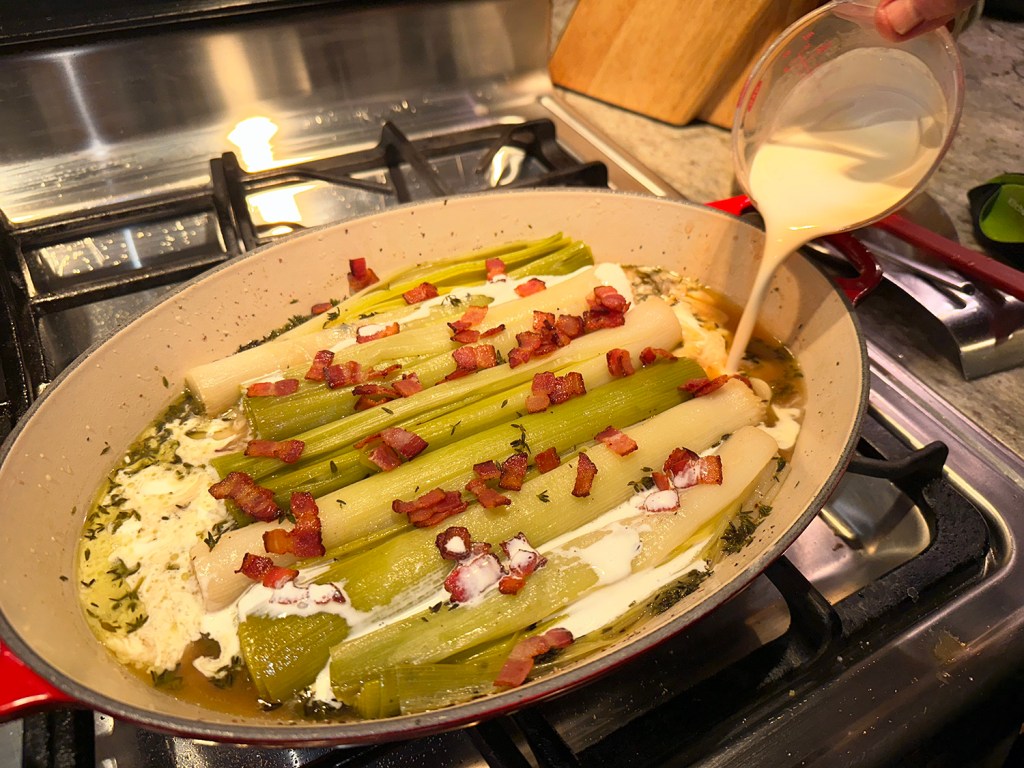
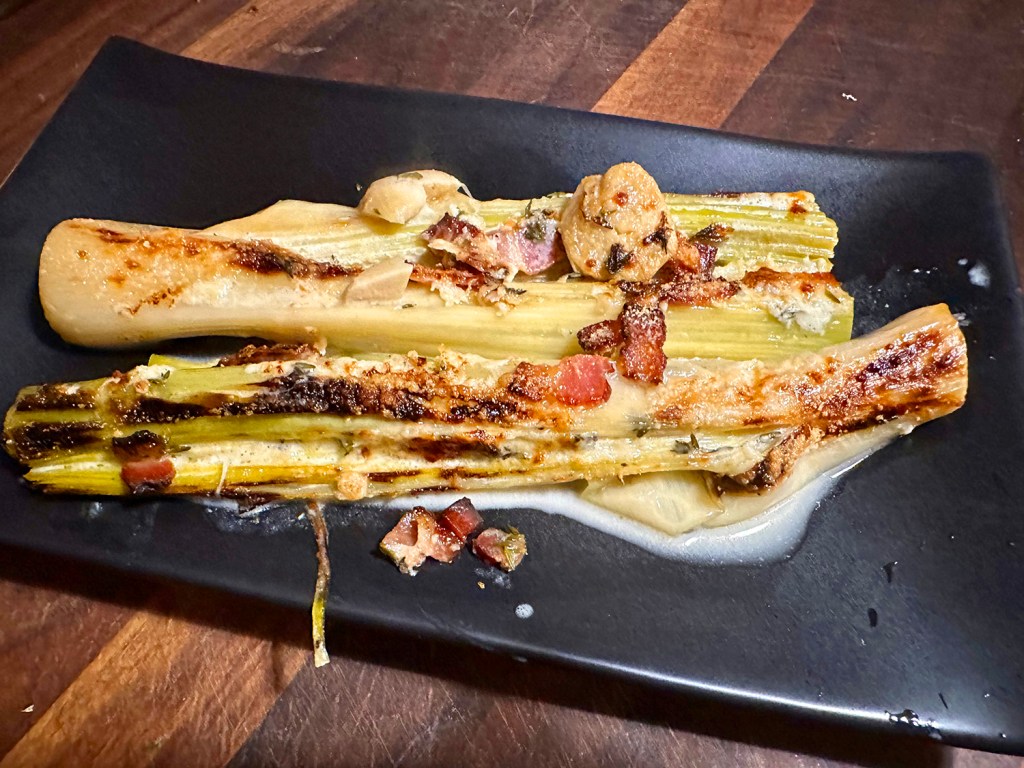
On our initial trip to the grocery store, there were only a few lousy looking leeks with hardly any white parts, so we rethought our scouting expedition and went to a local Asian Mart known to carry great produce. Their leeks were phenomenal, the best we’ve ever seen.
Try to coordinate the cooking times of both the ribs and the leeks so that they are done braising at about the same time.

Braised Pork Ribs and Potatoes with Fried Herb Crumbs
Ingredients
- 3-4 lbs. baby back ribs
- 1 tsp. pimentón de la Vera
- 4 garlic cloves, bashed and peeled
- 4 Tbsp. olive oil
- 1½ tsp. cumin seeds, lightly crushed
- 5 oz. white wine
- 1 large. onion, peeled and finely sliced
- 2 bay leaves
- 2 cups chicken stock, homemade, ideally
- 3/4 lbs. new potatoes
For the Crumbs
- 4 Tbsp. olive oil
- 1 garlic clove, peeled and finely grated
- 3 oz. fresh white breadcrumbs
- Finely grated zest of 1 lemon
- 6 sage leaves, shredded


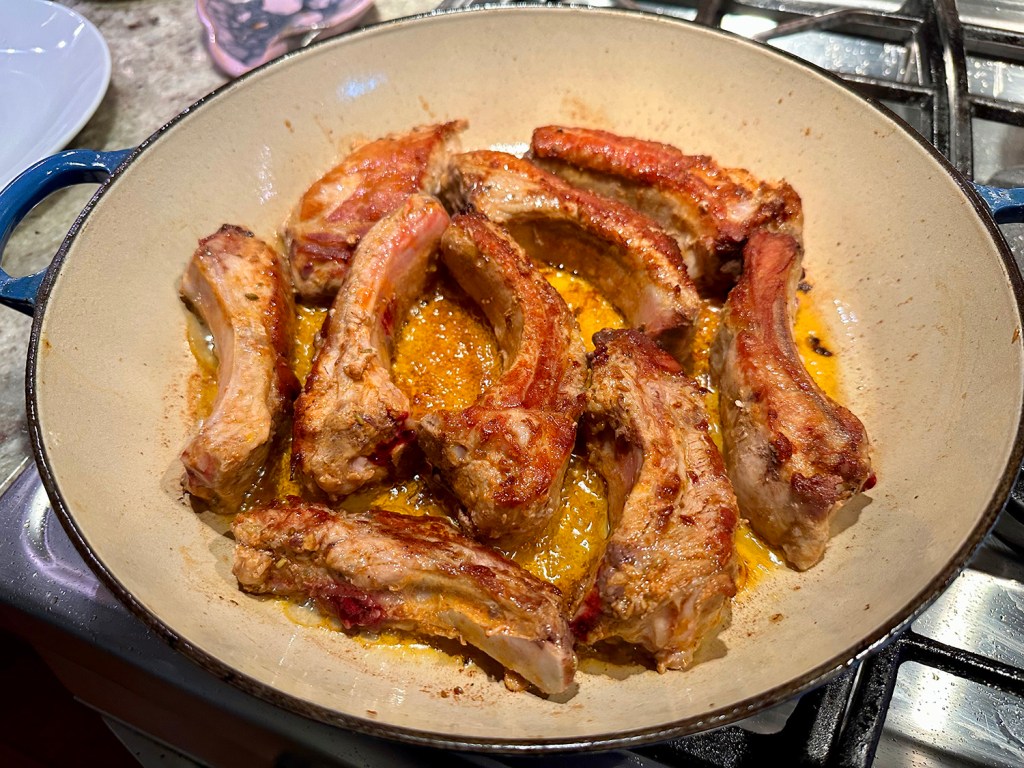
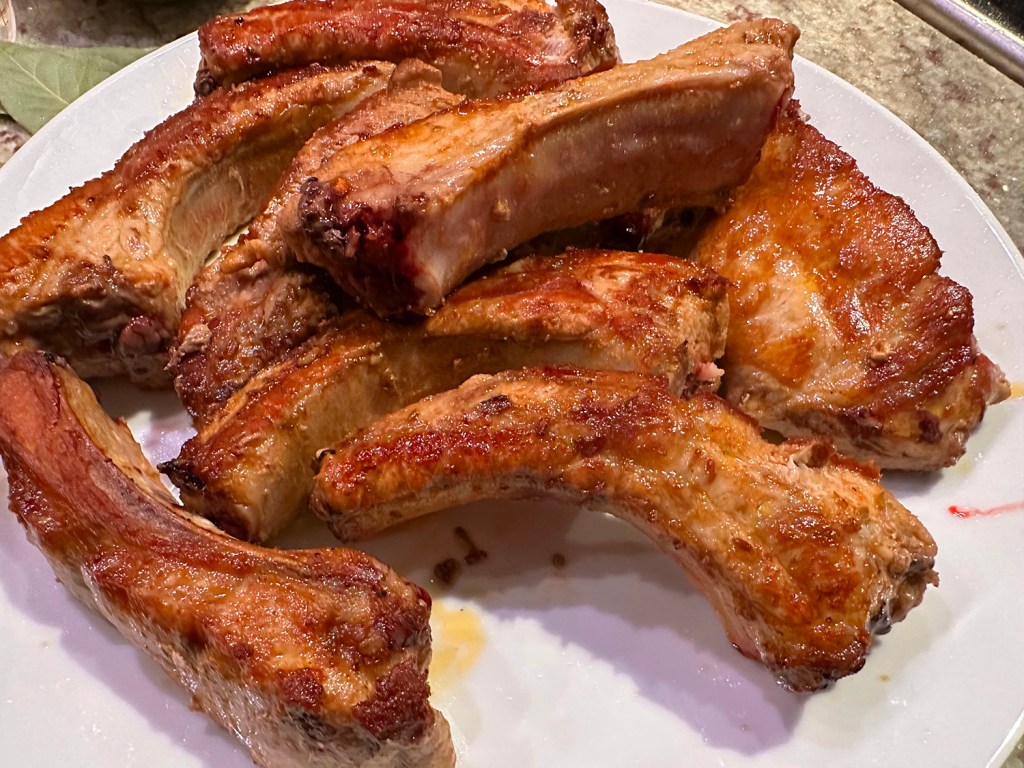





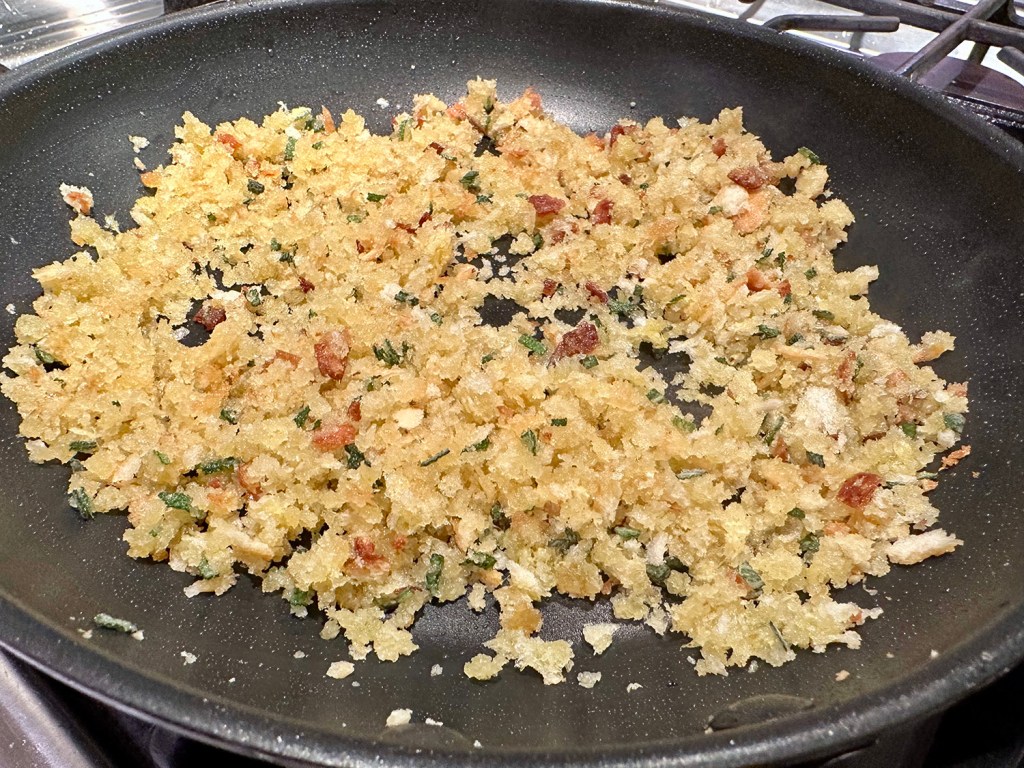

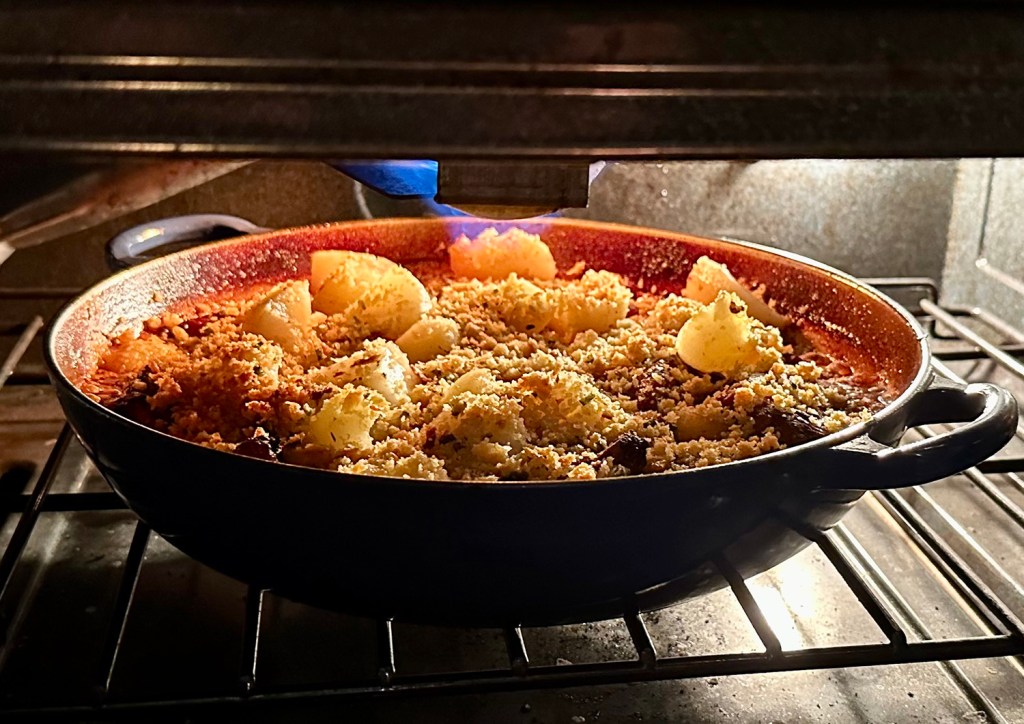

Directions
- Arrange the ribs in a large dish, add the pimentón, two of the bashed garlic cloves, two tablespoons of the olive oil, a teaspoon of the crushed cumin seeds and 2 ounces of the white wine. Toss to coat the ribs, then cover and leave to marinate for at least three hours (or put in the fridge overnight).
- Heat the oven to 340F. Heat the remaining two tablespoons of olive oil in a deep casserole dish on a medium-high heat. Take the ribs out of their marinade (keep the marinade for later), and sear for four to five minutes on each side, until browned all over.
- Transfer the ribs to a plate, add the onion to the pan and sauté, stirring, for 10 minutes, until brown. Add the remaining garlic and cumin seeds, stir to combine, then return the ribs to the pan.
- Pour in the remaining 3 ounces of white wine, leave to bubble for a minute, then add the bay leaves, stock and reserved marinade. Season well and bring to a boil, then cover and transfer to the oven to cook for an hour to an hour and a half, until the meat is tender and beginning to pull away from the bones.
- Crack the new potatoes in half with the tip of a knife (this helps them to release their starch), then add to the casserole dish and cook for 30-40 minutes, until the potatoes are cooked through and starting to break apart a bit and thicken the sauce.
- Meanwhile, make the herby crumbs. Put the oil in a frying pan on a medium-high heat, fry the garlic for 10 seconds, then add the breadcrumbs, lemon zest and sage.
- Remove the lid from the casserole, sprinkle the crumb mix all over the top, then bake uncovered for a further 20 minutes.
- Then put under a broiler for a couple of minutes to crisp the top. Serve in shallow bowls with lots of the lovely sauce.
Recipe from José Pizzaro




